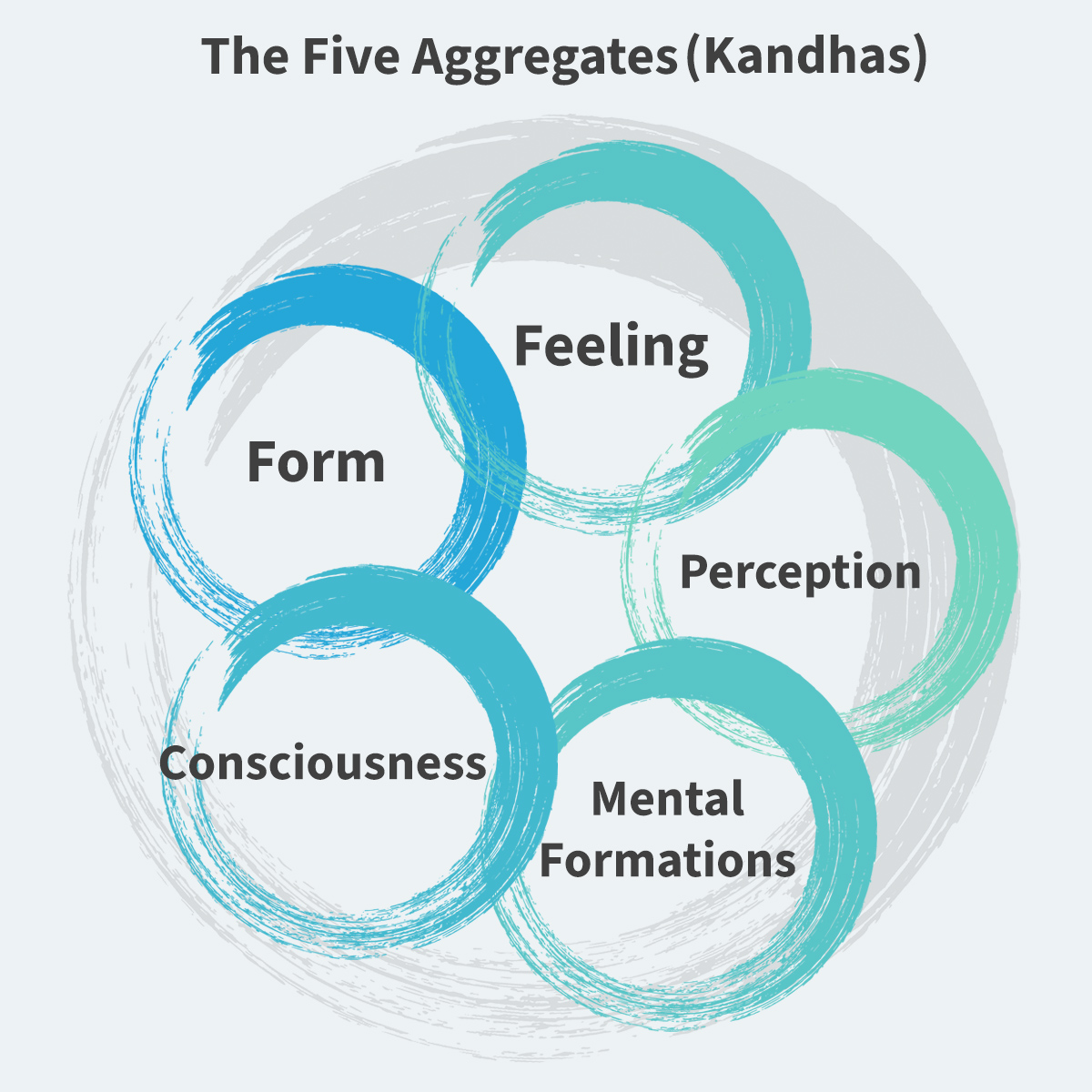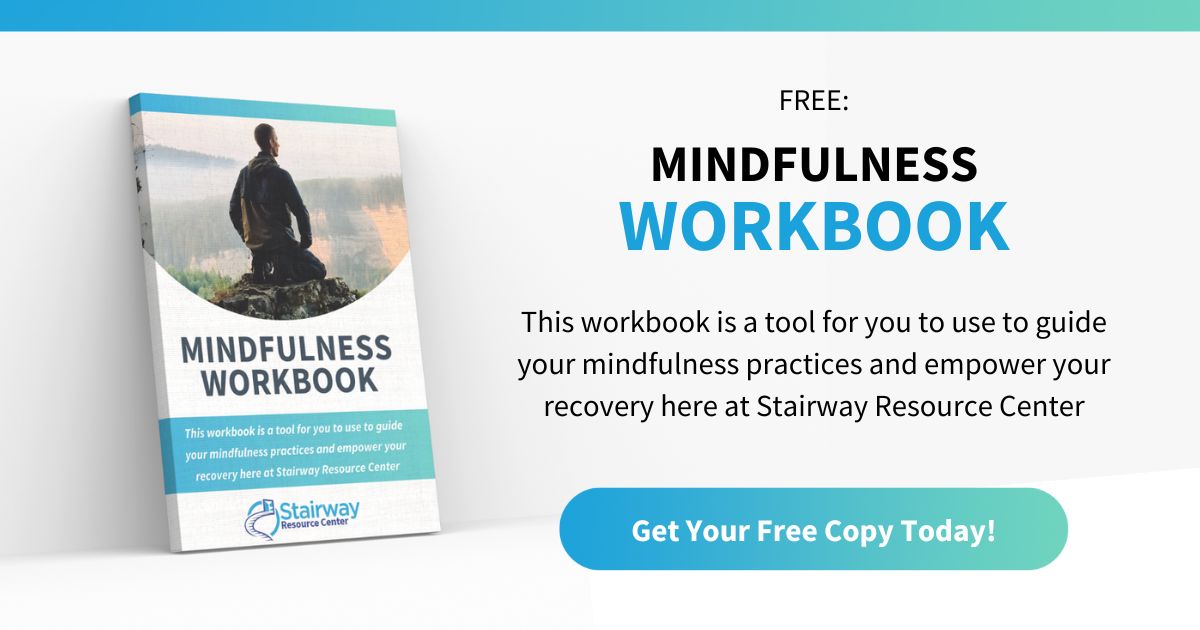Whenever someone mentions mindfulness you probably think of trendy “New Age” practices used only by celebrities in L.A. or N.Y. But, this could not be further from the truth. Mindfulness is an important part of everyday life and is not just a passing trend coming out of California. This discipline has been practiced for centuries by many different cultures and civilizations throughout the world.
Thousands of people apply mindfulness to improve their daily lives, and patients in and many organizations use mindfulness in rehabilitation therapy. It may be popular, but this practice is far from a fad.
What Is Mindfulness?
Mindfulness is the practice of being present in the current moment and acknowledging your feelings/emotions in that time. Practitioners refer to this as “being present in the present.” Acknowledging your feelings is difficult for many of us when society has conditioned us to bury our emotions and “carry on,” presumably to deal with them at a later, more convenient time. In contrast, mindfulness helps us recognize those feelings in the present moment as they arise, feel them fully, and deal with them in a healthy, constructive way.
Mindfulness vs. Meditation
Mindfulness and medication both focus on alleviating stress, anxiety, and triggers, but they are different practices for different situations. Meditation is the practice of sitting in a quiet, comfortable spot and using guided breath, music, or dialogue to help alleviate symptoms of mental illness or achieve a state of peace. Mindfulness, however, can be practiced anywhere and at any time. It allows you to be in the middle of a crowded stadium watching a baseball game and truly enjoy the game in the moment without letting your mind wander to other places.
Why Mindfulness Is Trending in California

Is mindfulness a trend? Absolutely! That does not make it a bad thing. The word “trend” can have negative connotations for many people, but it is defined as development or change in behavior or situation, general course, or prevailing inclination. Calling something a trend as a derogatory term is technically a misnomer. “Faddish” is the best word for describing a practice that is currently fashionable but not likely to remain so. In contrast, a trend in our modern vocabulary simply refers to a word, name, or subject that gains numerous mentions on news sites or social media platforms.
In this case, “trending” means that many people in Cali have used mindfulness and discovered it works. To share the benefits with others, they tell their friends and family about their success, and those people might try it, as well. Sometimes what is popular isn’t always good. However, in this case, the trend is a positive, healthy, evidence-based practice that can seriously improve the well-being and quality of life of practitioners.
But why is it “trending” specifically in LA and in bigger cities like New York or Miami? In these areas, people are experiencing record levels of stress, and stress, as we know, is seriously damaging to health. Chronic, long-term stress can impact your cardiovascular, digestive, immune, sleep, and reproductive systems. It causes headaches, mood swings, insomnia, obesity, and premature aging. And research indicates that stress contributes to high blood pressure, heart disease, lung disease, liver cirrhosis, depression, anxiety, fatal accidents, and suicide.
Clearly, preventing stress should be one of our most important goals. Unfortunately, it’s not as easy as it sounds. We spend so much of our days consuming information, becoming overloaded by multi-tasking, and running from one crisis to the next that we lose sight of the here and now. With mindfulness, you can “unplug” from ruminating on the past or worrying about the future and “plug in” to the present, helping you cope effectively with stressors now and become more resilient over time.
Mindfulness Is Trendy, But It’s Also an Ancient Spiritual Practice
Mindfulness as a cultural practice dates back 2,500 years or more to ancient civilizations in India and is still used today in places like Nepal. Originally developed by Siddhartha Gautama (otherwise known as the Buddha), this practice centered around four pillars of mindfulness in the quest to reach full enlightenment. Mindfulness in Buddhism is called “sati,” a word that comes
from the ancient Indian language, Pali. Sati is roughly translated to mean “bear in mind” or “to remember.”
The Five Aggregates
In ancient Buddhism, learning “The Five Aggregates” (also known as Kandhas) was crucial for achieving enlightenment. It is still practiced today.
These aggregates refer to the elements that comprise a person’s physical and mental existence and are involved in the:
- Form (rupa) – the tangible environment you occupy, including your body
- Sensation (vedana) – the physical or emotional sensations you experience with the five senses; can be pleasant, unpleasant, or indifferent
- Perception (samjna) – recognizing objects in the world because you have seen or experienced them in the past
- Mental formations (samskara) – different opinions and feelings you have as a conditioned response to experiencing something
- Consciousness (vijnana) – your awareness of the world around you

Buddhists believe that these elements change constantly, meaning the “self” is also flexible, impermanent rather than fixed. Once you understand the Aggregates, you can begin to practice the art of detaching from them to achieve full freedom.
Mindfulness in the West
Mindfulness came as a practice in America in the 1970s from Dr. Jon Kabat Zinn, and he is considered the founder of the mindfulness trend. Dr. Zinn himself learned the method of mindfulness from a missionary named Philip Kapleau. Inspired by this concept and desiring to know more, Dr. Zinn traveled eastward and studied under mindfulness/Zen masters like Thich Nhat Hanh and Seung Sahn.
Dr. Zinn brought his newly learned discipline of mindfulness to the United States and developed a mindfulness-based stress reduction program (MBSR). Though developed in the 1970s, it has only just now taken hold today, owing in large part to the technological leaps and the stressors that come with being “connected” all the time. Unlike people in the past who enjoyed sitting in a park to feel the sunshine and appreciate the present moment, we are glued to our electronic devices and, more specifically, social media.
While Internet Use Disorder (IUD) is not currently in the DSM-V as a mental illness, it is considered by many to cause serious harm. Internet use has skyrocketed over the past couple of decades and shows no signs of slowing down, so the need for mindfulness to combat these negative effects has never been higher.
How Mindfulness Can Help with Addiction and Mental Health Issues
For those in recovery, mindfulness can be even more beneficial, encouraging the person to take stock of their thoughts, feelings, and emotions and keep them from triggering events that might cause a relapse or lead to risk-taking behaviors as a means of coping with stress.
Stress, depression, anger, fear, and guilt are natural in recovery, but the key is confronting them rather than allowing them to influence their thoughts or actions. This practice puts the person back in the driver’s seat of their brain, so to speak.
During mindfulness, a person suffering from substance use disorder (SUD) may be thinking any number of negative or harmful thoughts without even realizing they are doing it. Mindfulness is vital for recognizing those subconscious and conscious thoughts and tackling them head-on.
Over time, this practice makes negative emotions hold less power and prevents them from causing setbacks in recovery. The brain develops new neural pathways over time so that when these thoughts creep in, the brain automatically travels down the new neural pathway to a healthier conclusion than before.
Three Parts of Mindfulness Regarding Recovery
Specifically, rewiring these neural pathways involves three parts:
- Intentional – When you intend to do something, it means you are doing that thing on purpose. Because mindfulness does not occur sporadically or in a vacuum, it requires the person’s intention behind it, meaning the person must truly want to practice mindfulness.
- Acceptance – Acceptance refers to simply accepting that your thoughts/feelings/emotions are real, valid, and occurring at that particular time.
- Non-Judgmental Attitudes –Replacing judgmental attitudes with non-judgmental ones is probably the hardest of the three steps. We are often critical of ourselves and tend to dismiss our feelings or thoughts. If you are feeling vulnerable in a specific moment, it is best to accept that and focus on why you feel this way as opposed to judging yourself as “weak” or “wanting” because of your feelings. In programs such as Alcoholics Anonymous, this is referred to as “stinking thinking.”
For instance, a person practicing mindfulness in addiction rehab might be out at a bar when a friend who does not know about their sobriety offers them an alcoholic drink. The mindful person can say “no” and abstain from drinking, but they still experience anxiety and discomfort from the event. Instead of allowing these feelings to overwhelm them, they can confront them immediately by processing their emotions, acknowledging they are real, and forgiving themselves for feeling this way.
Not Just for Buddhists or a California Fad: Mindfulness Can Help Anyone
You don’t need to be a Buddhist to reap the benefits of mindfulness. The beauty of mindfulness is that it can be practiced by anyone at any time under any circumstances. While it is advised to do so with someone who knows what they are doing (i.e., a professional, especially in the arena of recovery), it is not so complicated or difficult that only a select few people can learn it.


